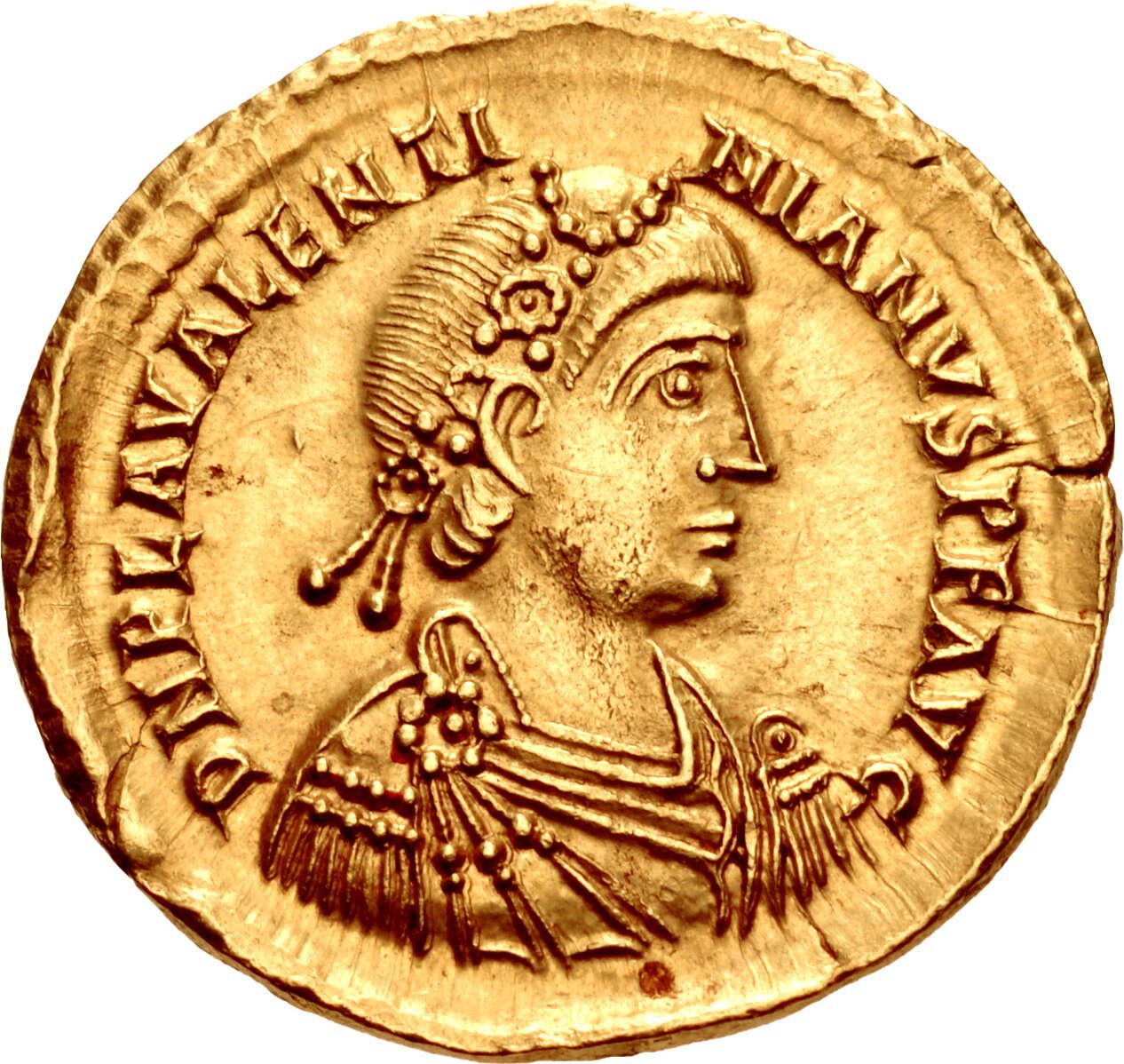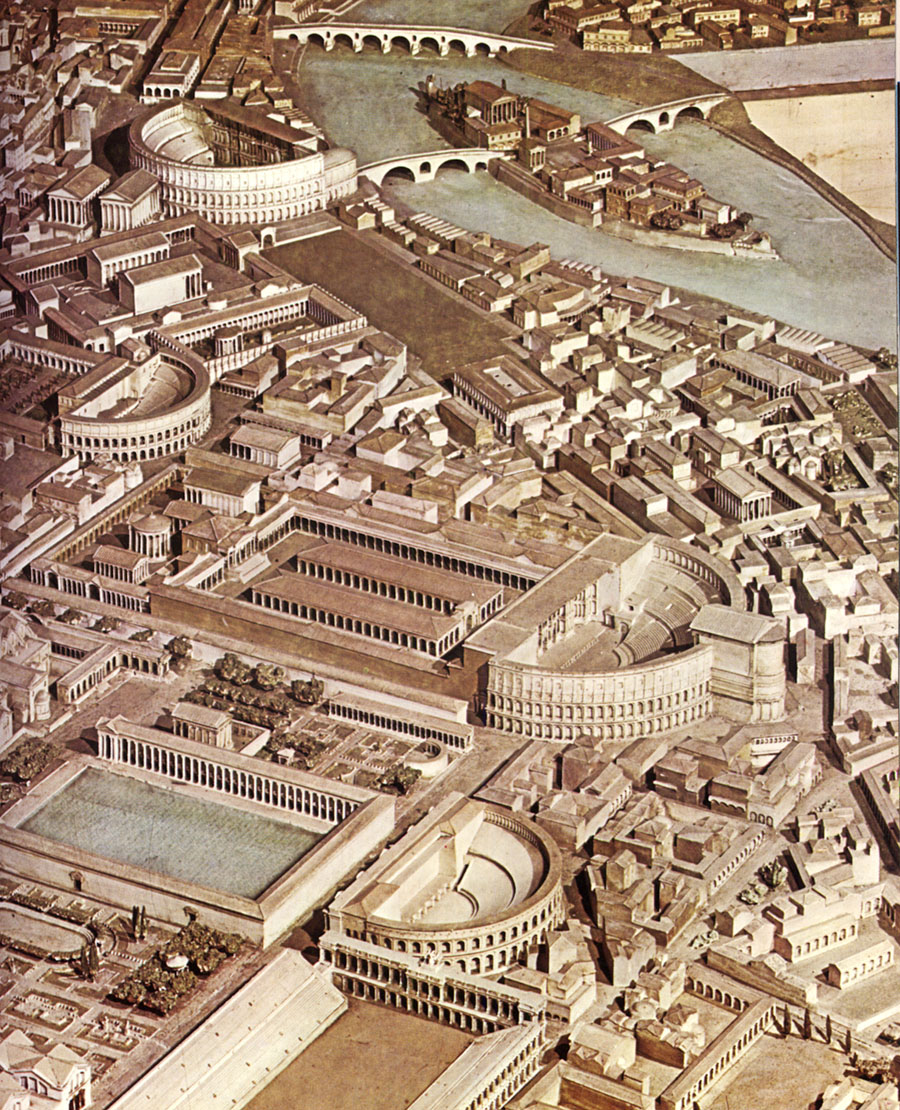|
Optila
Optila ( fl. 455 AD) was a either a Hun or a Goth bodyguard working for general Aetius and later for Roman Emperor Valentinian III. He is best known for being the assassin of Valentinian III, himself the assassin of Aetius. History He initially served as ''bucellarius'' and was later promoted to the imperial guard. In September 454, Emperor Valentinian killed with his own hands Aetius in Ravenna, while the latter was delivering a financial account. With the death of Aetius, Petronius Maximus looked forward to being made patrician in place of Aetius. However, he was blocked by the eunuch Heraclius. Thus Maximus arranged with Optila and Thraustila, both Aetius' former bodyguards, for the assassination of both Heraclius and emperor Valentinian. Optila stabbed the emperor to death on 16 March 455, as he was dismounting in Campus Martius The Campus Martius (Latin for the "Field of Mars", Italian ''Campo Marzio'') was a publicly owned area of ancient Rome about in extent. In the ... [...More Info...] [...Related Items...] OR: [Wikipedia] [Google] [Baidu] |
Aetius (general)
Aetius (also spelled Aëtius; ; 390 – 454) was a Roman general and statesman of the closing period of the Western Roman Empire. He was a military commander and the most influential man in the Empire for two decades (433454). He managed policy in regard to the attacks of barbarian federates settled throughout the West. Notably, he mustered a large Roman and allied (''foederati'') army in the Battle of the Catalaunian Plains, ending a devastating invasion of Gaul by Attila in 451, though the Hun and his subjugated allies still managed to invade Italy the following year, an incursion best remembered for the ruthless Sack of Aquileia and the intercession of Pope Leo I. Aetius has often been called, "Last of the Romans". Edward Gibbon refers to him as "the man universally celebrated as the terror of Barbarians and the support of the Republic" for his victory at the Catalaunian Plains. J.B Bury notes, "That he was the one prop and stay of the Western Empire during his life time ... [...More Info...] [...Related Items...] OR: [Wikipedia] [Google] [Baidu] |
Valentinian III
Valentinian III ( la, Placidus Valentinianus; 2 July 41916 March 455) was Roman emperor in the West from 425 to 455. Made emperor in childhood, his reign over the Roman Empire was one of the longest, but was dominated by powerful generals vying for power amid civil wars and the invasions of Late Antiquity's Migration Period, including the campaigns of Attila the Hun. He was the son of Galla Placidia and Constantius III, and as the great-grandson of Valentinian I () he was the last emperor of the Valentinianic dynasty. As a grandson of Theodosius I (), Valentinian was also a member of the Theodosian dynasty, to which his wife, Licinia Eudoxia, also belonged. A year before assuming the rank of ''augustus'', Valentinian was given the imperial rank of ''caesar'' by his half-cousin and co-emperor Theodosius II (). The '' augusta'' Galla Placidia had great influence during her son's rule. During his early reign Aetius, Felix, and the ''comes africae'', Bonifacius all competed ... [...More Info...] [...Related Items...] OR: [Wikipedia] [Google] [Baidu] |
Petronius Maximus
Petronius Maximus ( 39731 May 455) was Roman emperor of the West for two and a half months in 455. A wealthy senator and a prominent aristocrat, he was instrumental in the murders of the Western Roman ''magister militum'', Aëtius, and the Western Roman emperor, Valentinian III. Maximus secured the throne the day after Valentinian's death by ensuring the backing of the Senate and by bribing the palace officials. He strengthened his position by forcing Valentinian's widow to marry him and forcing Valentinian's daughter to marry his son. He cancelled the betrothal of his new wife's daughter to the son of the Vandal king Genseric. This infuriated both his stepdaughter and Genseric, who sent a fleet to Rome. Maximus failed to obtain troops from the Visigoths and he fled as the Vandals arrived, became detached from his retinue and bodyguard in the confusion, and was killed. The Vandals thoroughly sacked Rome. Early career Petronius Maximus was born about 397. Although he was of ... [...More Info...] [...Related Items...] OR: [Wikipedia] [Google] [Baidu] |
Thraustila
Thraustila (fl. 455 AD) was a Hun or a Goth bodyguard of Roman general Aetius, who participated in the assassination of Emperor Valentinian III, ordered by Petronius Maximus. He probably served Aetius as a ''bucellarius''. History In September 454, Valentinian had killed with his own hands Aetius, whom he held responsible for the troubles of the Roman Empire. In March of the next year, Valentinian was stabbed to death by Thraustila's fellow bodyguard Optila, while Thraustila killed the eunuch Heraclius Heraclius ( grc-gre, Ἡράκλειος, Hērákleios; c. 575 – 11 February 641), was List of Byzantine emperors, Eastern Roman emperor from 610 to 641. His rise to power began in 608, when he and his father, Heraclius the Elder, the Exa .... Most of the soldiers standing by, who had been followers of Aetius, did not move a finger to help the emperor.Given, John (2014). The Fragmentary History of Priscus: Attila, the Huns and the Roman Empire, AD 430–476. Arx Publishing. ... [...More Info...] [...Related Items...] OR: [Wikipedia] [Google] [Baidu] |
Huns
The Huns were a nomadic people who lived in Central Asia, the Caucasus, and Eastern Europe between the 4th and 6th century AD. According to European tradition, they were first reported living east of the Volga River, in an area that was part of Scythia at the time; the Huns' arrival is associated with the migration westward of an Iranian people, the Alans. By 370 AD, the Huns had arrived on the Volga, and by 430, they had established a vast, if short-lived, dominion in Europe, conquering the Goths and many other Germanic peoples living outside of Roman borders and causing many others to flee into Roman territory. The Huns, especially under their King Attila, made frequent and devastating raids into the Eastern Roman Empire. In 451, they invaded the Western Roman province of Gaul, where they fought a combined army of Romans and Visigoths at the Battle of the Catalaunian Fields, and in 452, they invaded Italy. After the death of Attila in 453, the Huns ceased to be a major thr ... [...More Info...] [...Related Items...] OR: [Wikipedia] [Google] [Baidu] |
Bucellarius
Bucellarii (the Latin plural of ''Bucellarius''; literally "biscuit–eater", '' el, Βουκελλάριοι'') were formations of escort troops used in the Roman Empire in Late Antiquity. They were employed by high-ranking military figures (such as Flavius Aetius and Belisarius) or civil office-holders. Their name is derived from the type of bread rations eaten by these troops, so-called ''buccellatum''. The term ''bucellarii'' came into common use during the reign of Emperor Honorius (). According to Jon Coulston, one ''bucellarii'' regiment is attested in the '' Notitia Dignitatum''. The creation of the ''bucellarii'' reflected an increase in the "use of armed retinues by public officials" in the Roman Empire. These armies were, therefore, associated with the decline of imperial authority because they demonstrated that it no longer had the monopoly of violence. The ''bucellarius'' had close ties with its commander, supporting him in his quarrel with other commanders and even ... [...More Info...] [...Related Items...] OR: [Wikipedia] [Google] [Baidu] |
Ravenna
Ravenna ( , , also ; rgn, Ravèna) is the capital city of the Province of Ravenna, in the Emilia-Romagna region of Northern Italy. It was the capital city of the Western Roman Empire from 408 until its collapse in 476. It then served as the capital of the Ostrogothic Kingdom until it was re-conquered in 540 by the Byzantine Empire. Afterwards, the city formed the centre of the Byzantine Exarchate of Ravenna until the last exarch was executed by the Lombards in 751. Although it is an inland city, Ravenna is connected to the Adriatic Sea by the Candiano Canal. It is known for its well-preserved late Roman and Byzantine architecture, with eight buildings comprising the UNESCO World Heritage Site "Early Christian Monuments of Ravenna". History The origin of the name ''Ravenna'' is unclear. Some have speculated that "Ravenna" is related to "Rasenna" (or "Rasna"), the term that the Etruscan civilization, Etruscans used for themselves, but there is no agreement on this point. Ancien ... [...More Info...] [...Related Items...] OR: [Wikipedia] [Google] [Baidu] |
Heraclius
Heraclius ( grc-gre, Ἡράκλειος, Hērákleios; c. 575 – 11 February 641), was List of Byzantine emperors, Eastern Roman emperor from 610 to 641. His rise to power began in 608, when he and his father, Heraclius the Elder, the Exarchate of Africa, exarch of Africa, led a revolt against the unpopular usurper Phocas. Heraclius's reign was marked by several military campaigns. The year Heraclius came to power, the empire was threatened on multiple frontiers. Heraclius immediately took charge of the Byzantine–Sasanian War of 602–628. The first battles of the campaign ended in defeat for the Byzantines; the Persian army fought their way to the Bosphorus but Constantinople was protected by impenetrable walls and a strong navy, and Heraclius was able to avoid total defeat. Soon after, he initiated reforms to rebuild and strengthen the military. Heraclius drove the Persians out of Asia Minor and pushed deep into their territory, defeating them decisively in 627 at the ... [...More Info...] [...Related Items...] OR: [Wikipedia] [Google] [Baidu] |
Campus Martius
The Campus Martius (Latin for the "Field of Mars", Italian ''Campo Marzio'') was a publicly owned area of ancient Rome about in extent. In the Middle Ages, it was the most populous area of Rome. The IV rione of Rome, Campo Marzio, which covers a smaller section of the original area, bears the same name. Antiquity According to Rome's foundation myth, prior to the founding of the city, Rhea Silvia had her twin sons, Romulus and Remus, taken by the King of Alba Longa. The boys were later discarded in the swelling Tiber River, which would later run along the Campus' western boundary. Washing ashore further downriver, the brothers would return decades later to found a new city. Romulus, who became Rome's sole king (after killing his brother Remus), ruled for many years until sometime in the seventh century B.C. As he came to the end of his life, a storm cloud descended upon the center of the open field outside the city's pomerium in order to lift the elderly king to heaven.Jacobs ... [...More Info...] [...Related Items...] OR: [Wikipedia] [Google] [Baidu] |
Hun Military Leaders
The Huns were a nomadic people who lived in Central Asia, the Caucasus, and Eastern Europe between the 4th and 6th century AD. According to European tradition, they were first reported living east of the Volga River, in an area that was part of Scythia at the time; the Huns' arrival is associated with the migration westward of an Iranian people, the Alans. By 370 AD, the Huns had arrived on the Volga, and by 430, they had established a vast, if short-lived, dominion in Europe, conquering the Goths and many other Germanic peoples living outside of Roman borders and causing many others to flee into Roman territory. The Huns, especially under their King Attila, made frequent and devastating raids into the Eastern Roman Empire. In 451, they invaded the Western Roman province of Gaul, where they fought a combined army of Romans and Visigoths at the Battle of the Catalaunian Fields, and in 452, they invaded Italy. After the death of Attila in 453, the Huns ceased to be a major thre ... [...More Info...] [...Related Items...] OR: [Wikipedia] [Google] [Baidu] |


.png)

.png)


